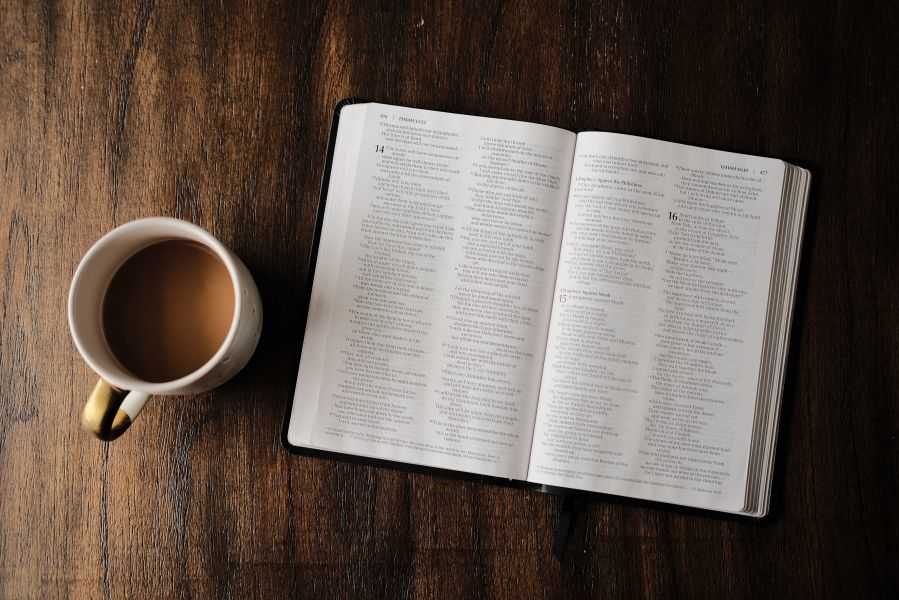Chinese buddhist temples are never single buildings. they always consist of a group buildings following a fundamental patter, which can, however, be modified. the main buildings and their symmetrically corresponding secondary buildings form individual groups and courtyards. the entire temple complex is spacious. the building inside the complex are usually single-storied and the main halls are sometimes decorated with a double roof. the towers, pavilions and halls can be multi-storied structures.
The chinese temple complex has been subject to great structural changes throughout the centuries. but temple architects follow the basic principles of secular structures from the tang dynasty onwards. the complexes stand on a central axis, usually a north-south axis: east-west only as an exception. (guiyuan temple is just the very exception.) the main buildings are strung along this central axis, their broadest sides facing south or east.
The most important and most frequently presented building inside a buddhist temple complex are the main entrance gate, the bell and drum towers, the hall of the heavenly kings, the hall of the buddha and a pagoda.
Buddhism is said to be founded in india in the 6th century bc by siddatha gautama (bc565 –bc486), the son of a nobleman and member of the kshatriya caste near the present borders of india and nepal. buddhism advocates that all the people are created equal and turns against the caste system of brahmanism, so it was popular with the common people.
It was said that buddhism was spread to china in 2 bc. at the beginning, it was only regarded as a kind of witch. about 200 ad, chinese version of buddhist s criptures began to appear, and thus, buddhist doctrines began to emerge with traditional chinese religious thought. from 2nd century to late 6th century, translation and research of buddhist sects with chinese characteristics were becoming more and more popular and many temples were built, which reached its peak in sui dynasty (581ad-617ad) and tang dynasty (618-907). some buddhist sects with chinese characteristics came into being. buddhism exerts a great influence on chinese philosophy, literature, art and folk customs.
What is presented before our eyes is a copper statue of a famous bodhisattva in hynayana buddhism. bodhisattva is a tittle which is only next to buddha. this statue is the image of avalokitesvara, which has been popular with chinese people or more than 1,000 years. she is called the goddess of mercy cordially by chinese and is regarded as the symbol of kindness, mercy and benevolence. when we visit the avalokitesvara pavilion after a while, i will give a detailed introduction about her. this copper statue was sent to guiyuan temple by taiwan buddhists in september 1990. it shows that all chinese, whether in the mainland or in taiwan, are eager for the reunion of the country, even including religion believers.
相关文章
四川景点九寨沟导游词2023-06-05 11:08:23
五篇介绍江苏同里古镇的导游词范文2023-06-11 22:18:24
关于云南景点导游词2023-06-09 23:18:35
虎滩乐园最新导游词范文2023-06-10 11:56:19
莫高窟导游词400字作文五篇2023-06-19 12:43:13
江苏留园导游词9篇2023-06-10 09:48:48
上海对外经贸大学和北京交通大学(威海校区)对比哪个好(排名分数线区2024-03-31 16:25:18
河北高考排名237950名物理能上什么大学(能报哪些学校)2024-03-31 16:19:23
山东城市建设职业学院在山东招生人数和招生计划 多少人2024-03-31 16:15:16
上海农林职业技术学院在湖南招生人数和招生计划 多少人2024-03-31 16:12:52
吉林农业科技学院在湖南招生人数和招生计划 多少人2024-03-31 16:09:19
安徽高考多少分可以上云南经贸外事职业学院 招生人数和最低分2024-03-31 16:04:52
景点导游词(十五篇)2023-06-11 20:10:27
四川九寨沟导游词(精选十五篇)2023-06-03 11:44:39
湖北省有名景点导游词2023-06-18 14:24:56





